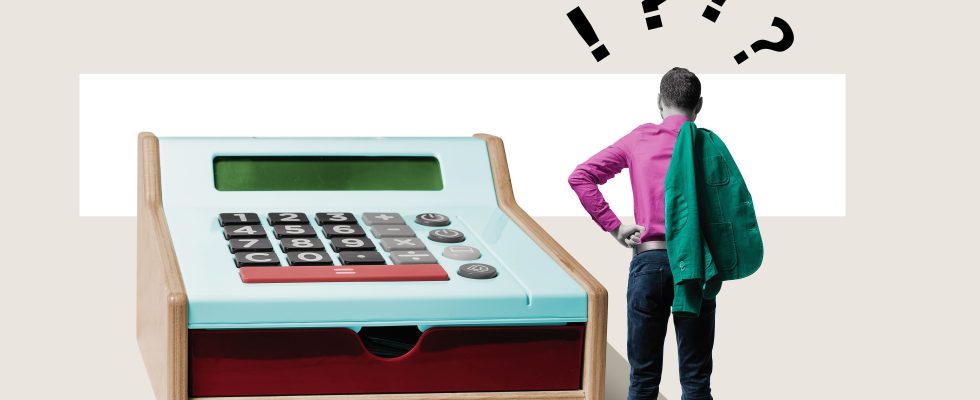Savers did not wait for the creation of retirement savings plan (PER), end of 2019, to save with this in mind. Until then, they used life insurance extensively. “The two packages complement each other perfectly to prepare for retirement: you should not deprive yourself of either,” summarizes Christophe Decaix, founder of the independent wealth management firm 2B Patrimoine.
Main advantage of life insurance : the sums invested remain available, even if it is recommended to wait until the eighth anniversary to benefit from gentler taxation. Conversely, the PER is an investment blocked until retirement, except in exceptional circumstances.
The secret weapon of the retirement savings plan remains its taxation at entry, since the payments are deductible from income tax within the limit of certain ceilings. But “this tax advantage should not dictate the saver’s strategy, believes Christophe Decaix. On the contrary, we must weigh the respective advantages of the two envelopes, from subscription to death through the recovery of all or part of the capital.” Because if payments into the PER entitle you to a tax reduction, the taxation on exit is less favorable than that of life insurance. When this is made in capital, and if the saver benefited from the tax advantage upon entry, the sums corresponding to the payments are taxed at the income tax scale, while the capital gains are subject to the single flat-rate levy of 30%.
Different strategies depending on your age
For life insurance, a withdrawal is made up of capital and interest, only the latter being taxed. They can therefore largely escape tax since they benefit from a reduction of 4,600 euros for a single person (9,200 euros for a couple) if the contract is more than eight years old. “As exit taxation is more favorable on life insurance, the logic consists of making redemptions as a priority on this contract rather than on the PER,” summarizes Sylvie Rochu, wealth engineering tax specialist at Milleis Banque Privée. But we must also take into account the characteristics of these two products in the inheritance context.”
On the PER side, taxation during transmission depends on the age of the holder at death. Before age 70, the plan is identical to that of life insurance. Beyond this, amounts are exempt up to 30,500 euros for all PER and life insurance contracts taken out by the insured, then taxed at the inheritance tax scale. “But if the spouse is the beneficiary of the plan, he is completely exempt from tax,” emphasizes Sylvie Rochu. The tax advantage on payments remains acquired.
For life insurance, it is not the age at the time of death that matters, but that of the holder at the time they made the payments. If the premiums were paid before their 70th birthday, each beneficiary benefits from a reduction of 152,500 euros on the death benefit at the time of inheritance. If they were after the age of 70, the death benefit is taxable up to the value of the premiums less 30,500 euros, a reduction to be shared between the beneficiaries (interest being exempt). “You really have to play with both envelopes to prepare your succession,” recommends Gilles Belloir, general manager of Placement-direct.fr. The holder of a PER can, for example, draw on his life insurance rather than his PER to supplement his income and never liquidate his PER, which then becomes an excellent transmission tool between spouses.” Life insurance can, if it is not exhausted, come and reward another beneficiary.
